 Planning the season
Planning the season
One of the most important considerations when growing Chillies is how much time you have to grow them. By that, I don’t mean how much time you have to care for your Chillies, but rather, the amount of time that is left in the Chilli growing season once seeds have been started. After germination, the plants will need to mature, set fruit, and for the pods to ripen before harvest. With a short growing season (particularly in countries like the United Kingdom), this can be challenging
challenging
After all, you can spend as much time as you like looking after your Chillies, but if they have been planted too late, that is another issue. It can create complications.
Nothing is more disheartening in growing Chillies than spending months caring for plants and then not being able to make a harvest. Last year, that happened to me. I left it too late to start my seeds, and before I knew it, I was facing a ripening problem. My plants had produced plenty of chillies, only I hadn’t allowed enough time for the fruit to ripen. The season was drawing to a close and I had a lot of unripe fruit on my hands. If I had been more careful with the varieties I planted, I wouldn’t have needed to face this problem. Planting faster growing varieties would have meant they would have matured more quickly, set fruit earlier, and I would have had ample time for them to ripen and make a harvest.

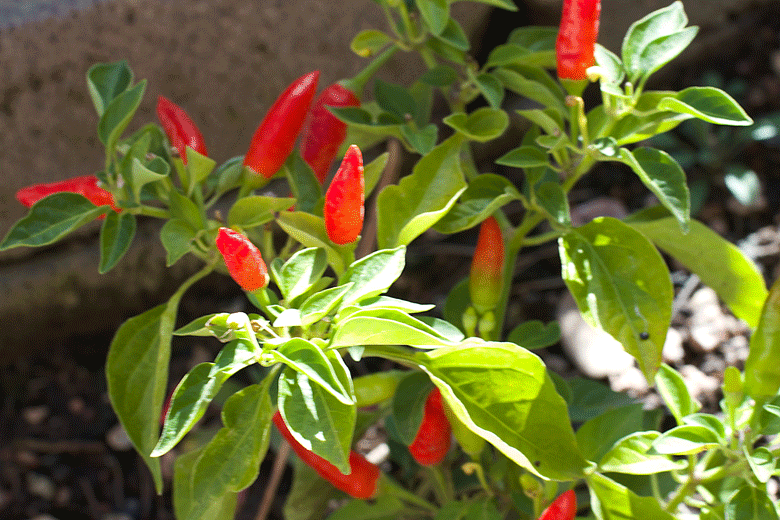


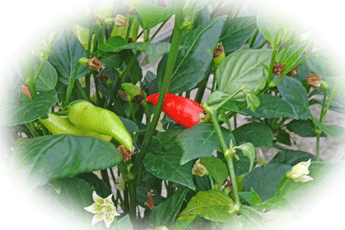

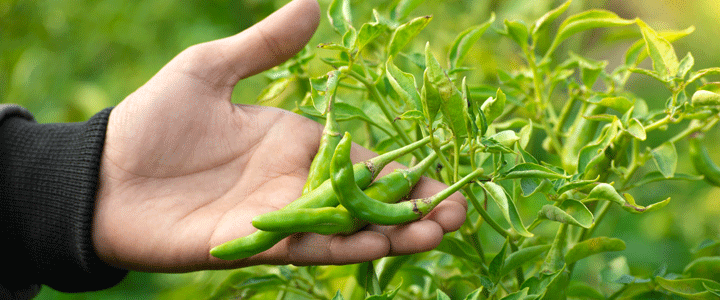

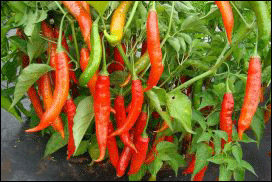
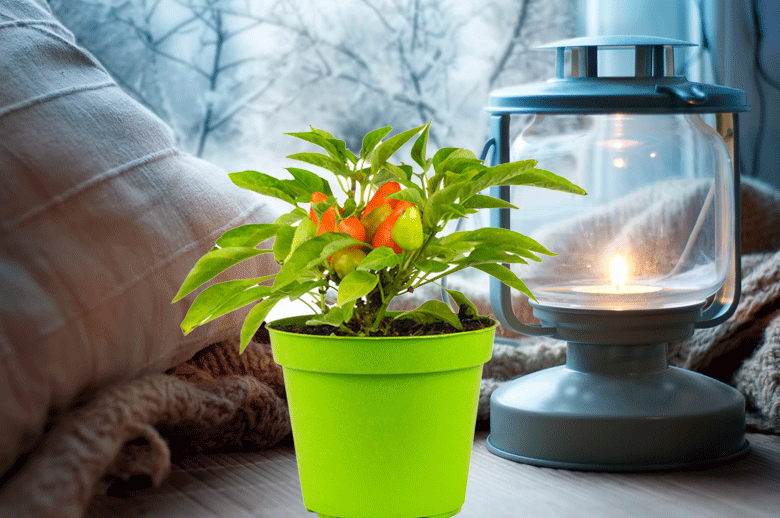
 are in their second overwintering. I overwintered them for the first time last year. The remaining plants are four
are in their second overwintering. I overwintered them for the first time last year. The remaining plants are four 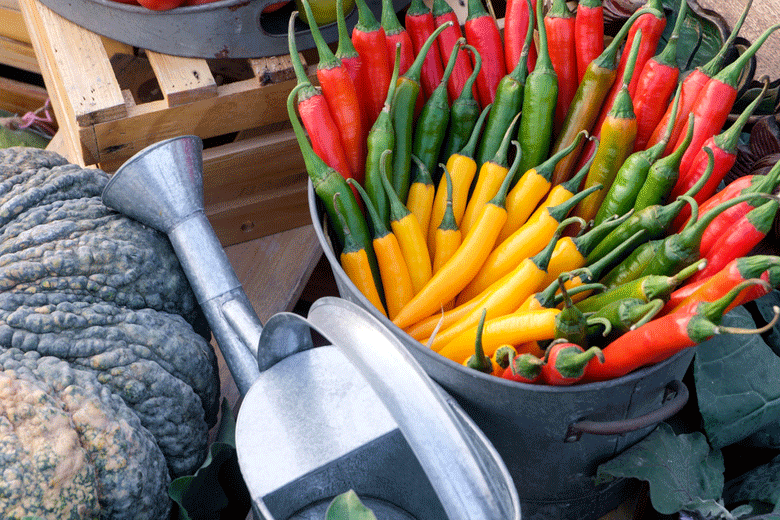
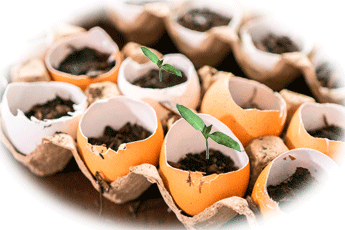
 Another one bites the dust
Another one bites the dust